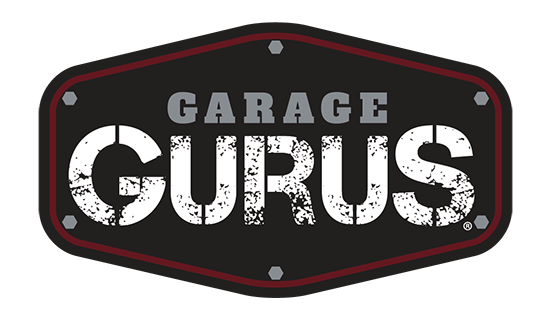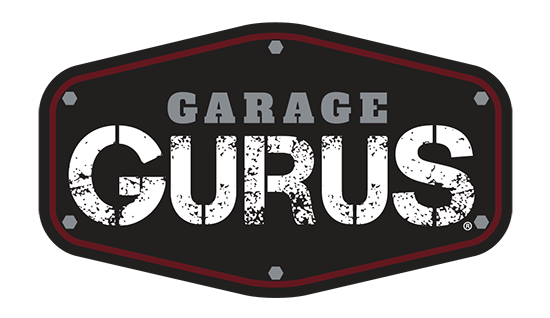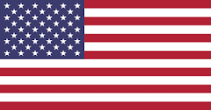Important Step
When servicing the axle wheel bearing on a non-hub assembly design, providing proper lubrication is important step that shouldn’t be overlooked. Bearings lubricated by shared differential oil may not have an adequate supply of lubrication until the vehicle is driven several miles after installation. During this time, the newly installed bearing can be damaged to the point where it requires replacement. For these applications, it is a good practice to grease the new bearing to provide adequate lubrication. Pictured are some of the types of bearings that need to be greased before installation.


Signs of an Axle Wheel Bearing with Inadequate Grease
If the axle wheel bearing isn’t greased properly, you may notice these symptoms:
Grinding Noises
Due to a lack of lubrication, components begin metal on metal rubbing which leads to grinding noises.
Loose Steering
As the wheel bearing begins to degrade from not being lubricated properly, you may experience loose steering.
Greasing Procedure
Before starting, consult OE service information to determine the use of special tools or installation procedures. Also, be sure to use grease that is compatible with the differential fluid your vehicle uses.

Step 1
Inspect the axle tube and make sure that it is clean and free of nicks. Examine the oil seal area and the inner surface area of the wheel bearing.
Step 2
Install the new bearing cup.
Step 3
Pre-lubricate the thrust face outer edge with grease.
Step 4
Pack each bearing with bearing pack tool.
Step 5
Install the bearing into the hub.
Step 6
Install the grease slinger (if applicable).
Step 7
Install the bearing into the housing.
Step 8
Continue reassembling the hub.
Step 9
Top off differential oil (recheck after test drive)
Note - Replace oil seals and lubricate before reinstalling.
The content contained in this article is for informational purposes only and should not be used in lieu of seeking professional advice from a certified technician or mechanic. We encourage you to consult with a certified technician or mechanic if you have specific questions or concerns relating to any of the topics covered herein. Under no circumstances will we be liable for any loss or damage caused by your reliance on any content.


 English
English